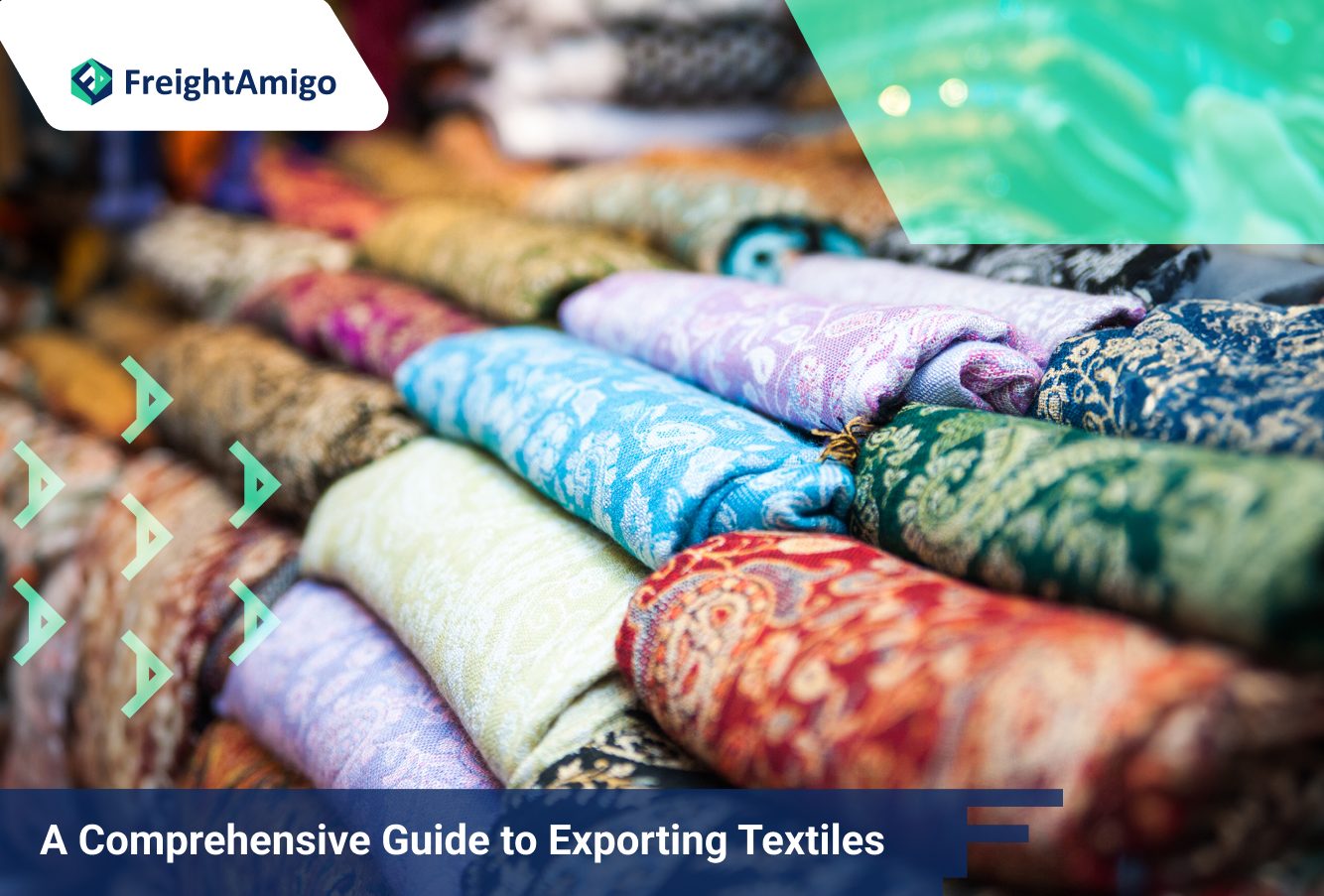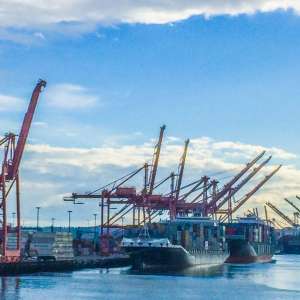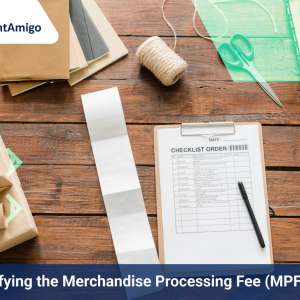Author Name: Tiffany Lee – Marketing Analyst at FreightAmigo
Textile exports play a vital role in the global economy, offering a lucrative business opportunity for manufacturers and entrepreneurs in the industry. However, the process of exporting textiles can be complex and requires careful planning and execution. In this comprehensive guide, we will explore the step-by-step procedure for exporting textiles, debunk common misconceptions, and provide valuable insights to ensure a seamless and successful export operation.
Want To Compare The Best Express, Air Freight, Sea Freight, Rail Freight & Trucking Rates So As To Have Better Control On Cost?
Introduction to Textile Exporting
Textile exporting is a process that involves sourcing, manufacturing, and establishing a strong supply chain to deliver textile products to international markets. This industry offers immense opportunities for businesses to diversify their product offerings and tap into new markets. However, it is essential to understand the intricacies of the textile export process to ensure a smooth and profitable operation.
Benefits of Exporting Textiles
Exporting textiles brings several advantages for manufacturers, including access to a larger customer base, increased revenue potential, and the ability to leverage economies of scale. By exporting textiles, businesses can tap into international markets where there may be a higher demand for their products. Additionally, exporting allows manufacturers to take advantage of cost-effective production processes and favorable labor conditions in different regions.
Understanding the Global Textile Market
Before embarking on the textile export journey, it is crucial to gain a comprehensive understanding of the global textile market. Conducting market research and analysis will help identify potential markets, assess demand and competition, and tailor products to meet specific market needs. Keep in mind that the textile industry is dynamic and influenced by factors such as cultural trends, fashion preferences, and economic stability.
Identifying Commonly Exported Textiles
Textiles encompass a wide range of products, from apparel and garments to home textiles and technical textiles. Some common textiles that are frequently exported include cotton, silk, wool, linen, and synthetic fibers. Understanding the characteristics and properties of each textile type is essential for targeting the right markets and meeting customer demands.
Packaging and Labeling Requirements
Proper packaging and labeling are essential when exporting textiles. Packaging should protect the products from damage during transportation and comply with international shipping standards. Labels should include product information, such as fiber content, country of origin, care instructions, and size specifications. Adhering to packaging and labeling requirements not only ensures compliance but also enhances the perceived value of your textiles in the eyes of customers.
Documentation and Customs Clearance
Exporting textiles involves a range of documentation and customs clearance procedures. These documents include commercial invoices, packing lists, certificates of origin, bills of lading, export licenses (if required), and any other specific documents mandated by the destination country. Proper documentation and timely customs clearance are crucial for a smooth export process and avoiding delays or penalties.
Shipping and Logistics
Choosing the right shipping method and logistics provider is essential to ensure the timely and cost-effective delivery of your textiles. Options include air freight, sea freight, or a combination of both. Consider factors such as transit time, cost, reliability, and the nature of your textile products when selecting the shipping method. Coordinating with your freight forwarder and logistics provider will help streamline the shipping process and optimize efficiency.
Conclusion
Exporting textiles can be a rewarding venture for businesses. To be successful, it is essential to conduct thorough market research, comply with regulatory requirements, partner with reliable freight forwarders or platforms, and prioritise packaging, labelling and documentation. FreightAmigo, as a one-stop, full-service logistics, financing and insurance platform, can provide customised shipping solutions and expert logistics support to streamline the export process, empowering textile exporters to make international trade easier.
There Are Different Options For Cargo Transportation. If You Want To Choose The Most Convenient And Suitable Solution, It Is Best To Have The Full Support Of Logistics Experts! If You Are Planning To Ship Goods Overseas, Please Go To The FreightAmigo Page For Inquiries.
===
Read More:
【Cosmetic Product Recycling】 A Guide to Sustainable Reverse Logistics
【Rise of Green Supply Chain】 Pioneering Sustainable Practices in Logistics
【ESG in Logistics】 How ESG Practices Drive Social Responsibility in Logistics
===
If you have any inquiries on logistics/supply chain, feel free to contact FreightAmigo now:
Chat with us online OR
Phone : +852 28121686
WhatsApp: +852 27467829









































